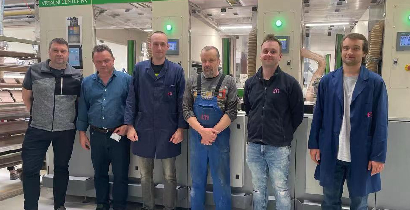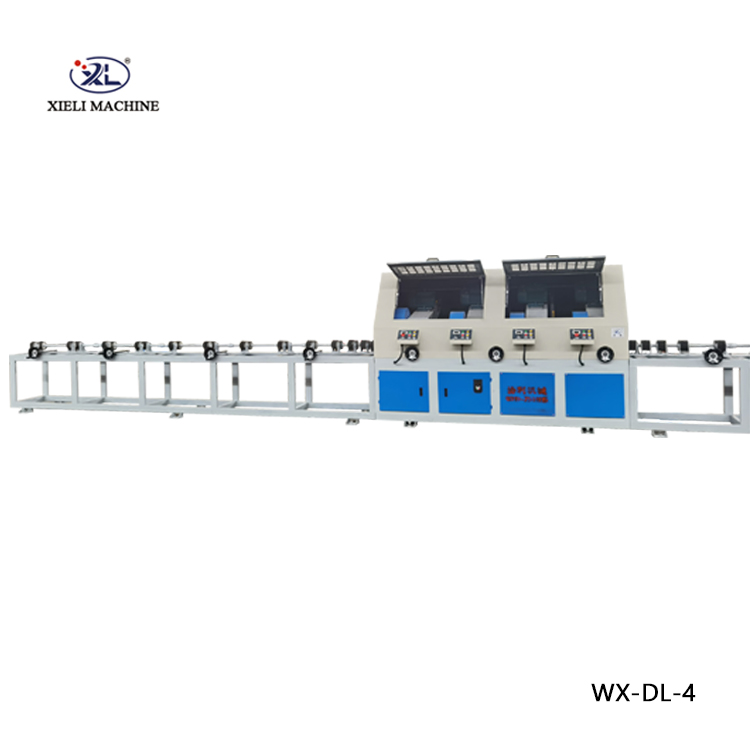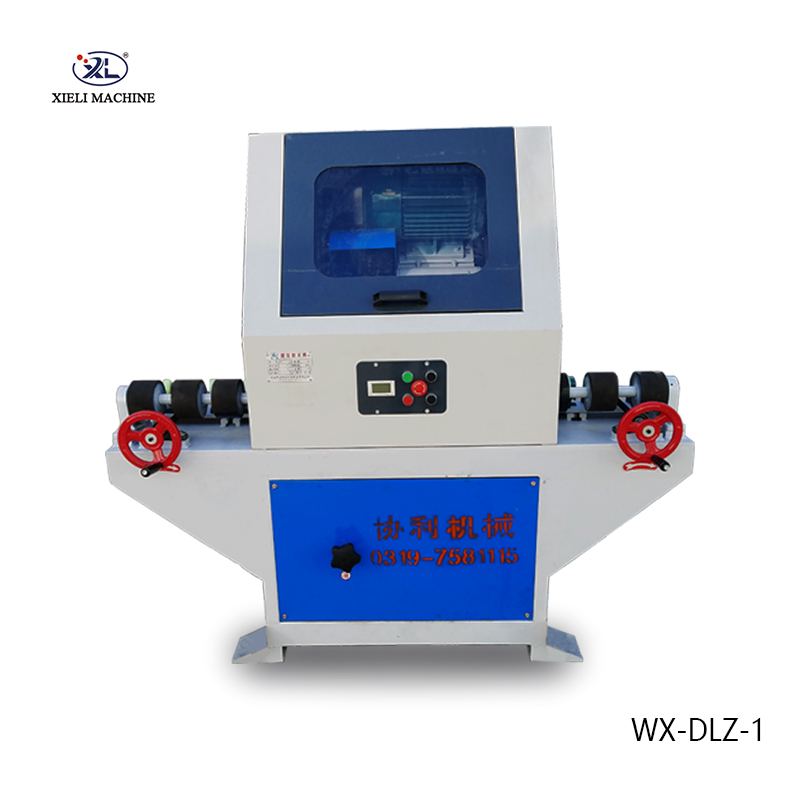Understanding CNC Centerless Grinding Machines
Centerless grinding is a machining process that grinds the surface of a workpiece without the need for a fixture. Unlike standard grinding processes that utilize a fixed setup, centerless grinding allows parts to be ground in a continuous manner, resulting in higher efficiency and improved dimensional accuracy. Central to this process are CNC (Computer Numerical Control) centerless grinding machines, which have revolutionized the manufacturing industry by offering advanced automation and precision.
What is a CNC Centerless Grinding Machine?
A CNC centerless grinding machine employs computer control to automate the grinding process. This technology allows for the precise adjustment of various parameters, such as speed, feed rate, and grinding depth, leading to increased consistency and quality in the finished product. These machines are primarily used in the production of cylindrical components, where maintaining tight tolerances is critical.
The design of a centerless grinding machine features two rotating wheels the grinding wheel and the regulating wheel. The workpiece is placed in the gap between these wheels, with the grinding wheel performing the actual grinding operation. The regulating wheel controls the speed and movement of the workpiece, allowing it to be fed through the grinder uniformly.
Advantages of CNC Centerless Grinding
1. Enhanced Precision CNC technology enables minute adjustments, leading to extremely precise grinding results. This is particularly beneficial in industries such as aerospace and automotive, where parts must meet stringent specifications.
2. Increased Efficiency Centerless grinding machines can handle multiple workpieces simultaneously, drastically reducing production times without sacrificing quality. The continuous feeding mechanism allows for higher throughput compared to traditional grinding processes.
3. Versatility CNC centerless grinders can accommodate a wide range of workpiece sizes and materials. From small shafts to larger components, these machines can be tailored to meet various manufacturing needs.
cnc centerless grinding machine

4. Improved Automation With the integration of CNC technology, these machines require less manual intervention. Operators can input specifications into the CNC system, and the machine will adjust parameters automatically, minimizing the risk of human error.
5. Cost-Effectiveness Although the initial investment in CNC centerless grinding machines may be high, the reduction in labor costs, increased production rates, and minimized waste contribute to overall cost savings in manufacturing.
Applications of CNC Centerless Grinding
CNC centerless grinding machines are employed across a wide spectrum of industries. In the automotive sector, they are used to manufacture components such as axles, rods, and bushings. The aerospace industry relies on these machines for producing parts that must withstand extreme conditions and operate with precision.
Moreover, CNC centerless grinding finds applications in the medical field, where the production of surgical instruments and implants requires the highest levels of accuracy and care. The ability to grind materials like stainless steel and titanium further underscores the versatility of these machines.
Conclusion
CNC centerless grinding machines play a pivotal role in modern manufacturing. Their ability to deliver high precision, increased efficiency, and versatility makes them indispensable in producing components across various industries. As technology continues to evolve, we can expect further advancements in CNC centerless grinding that will enhance productivity and quality even further.
For manufacturers looking to optimize their production processes, investing in CNC centerless grinding technology is a strategic choice that can yield significant returns in the long run. By harnessing the power of automation and precision engineering, businesses can remain competitive in an ever-evolving marketplace, meeting the demands of quality and efficiency that are increasingly essential in today’s manufacturing landscape.





